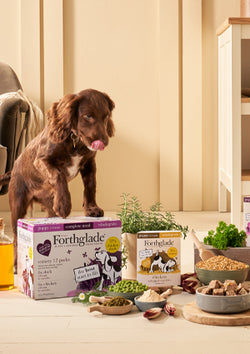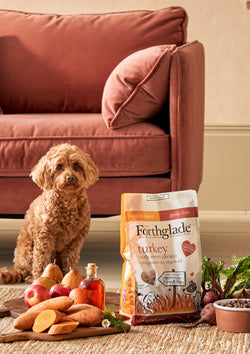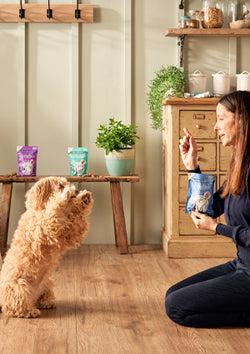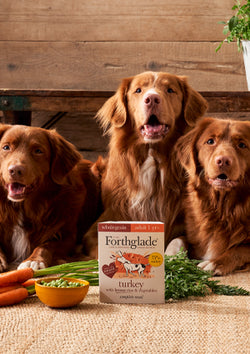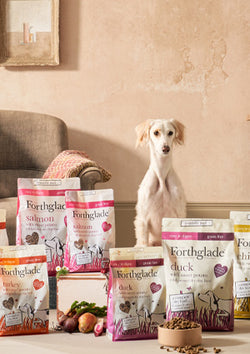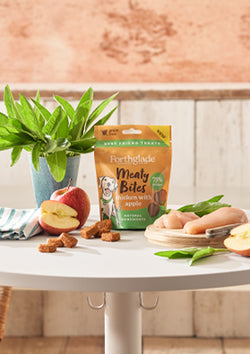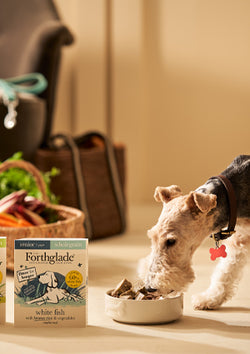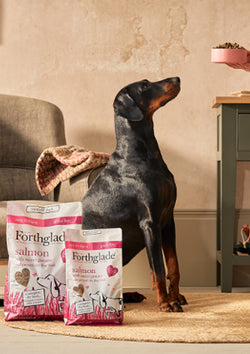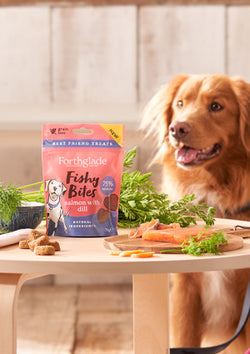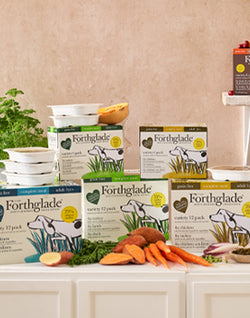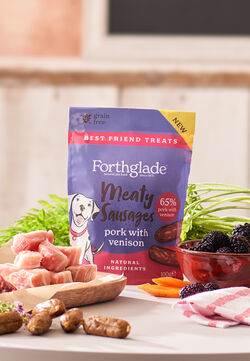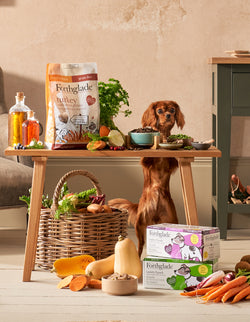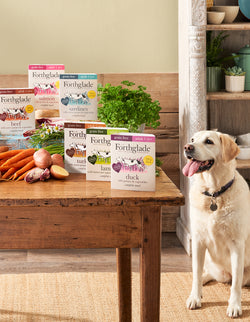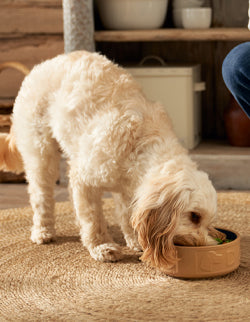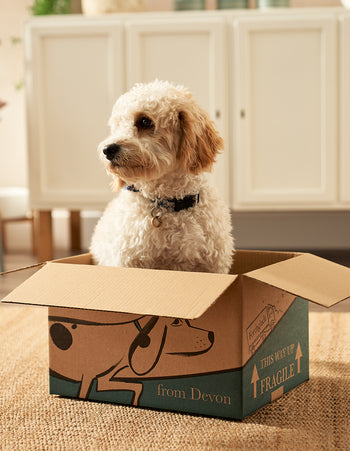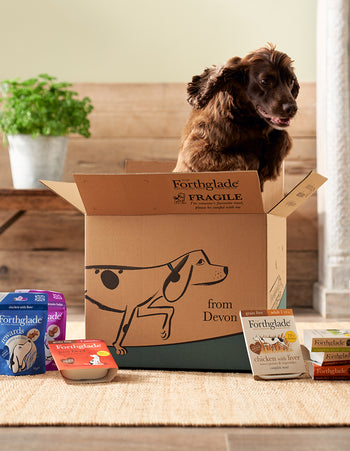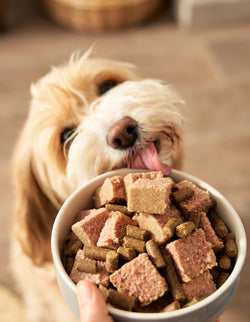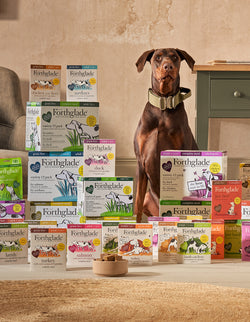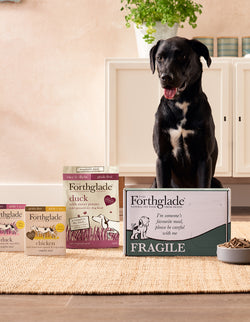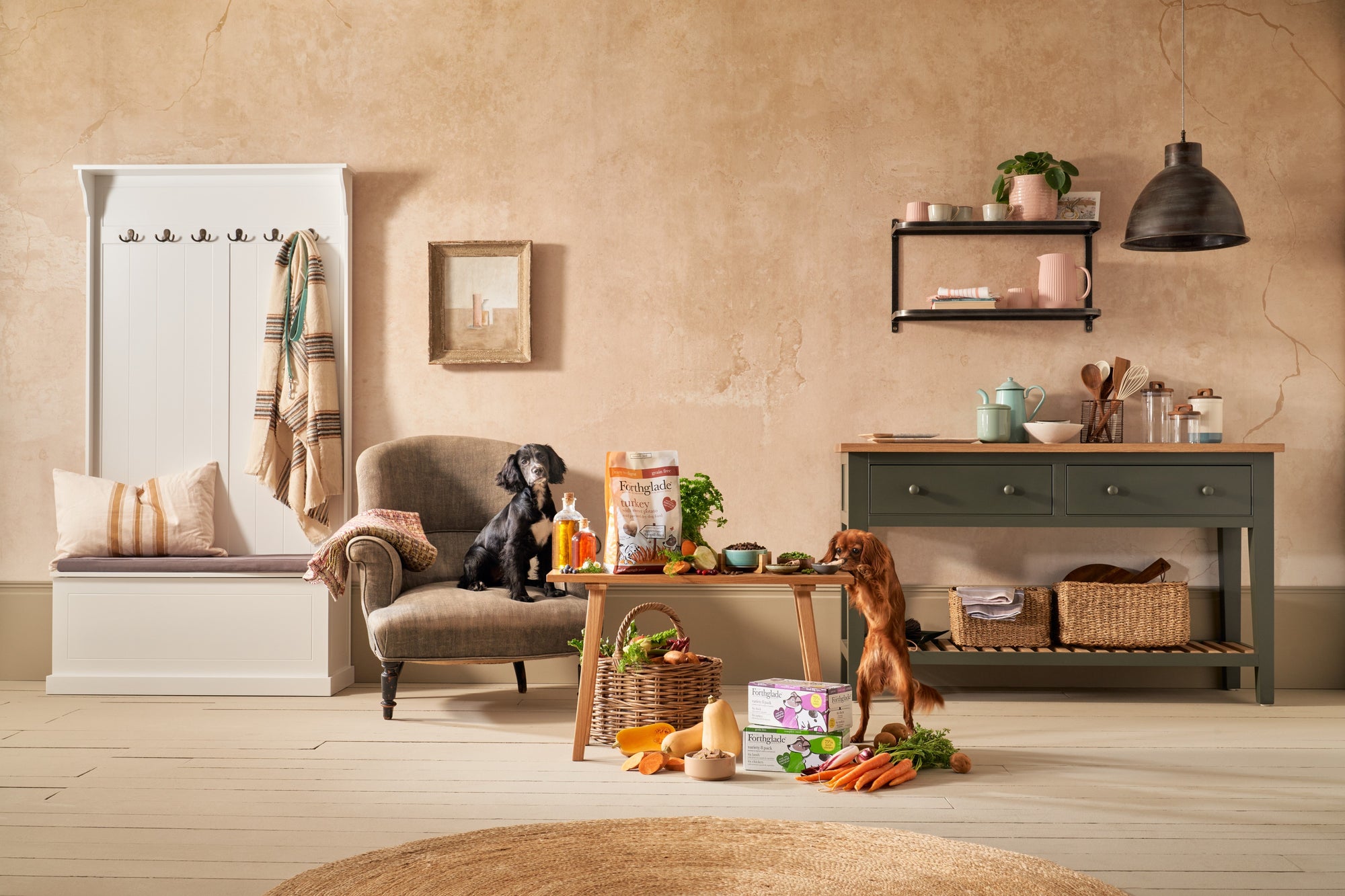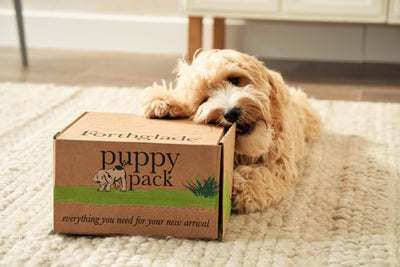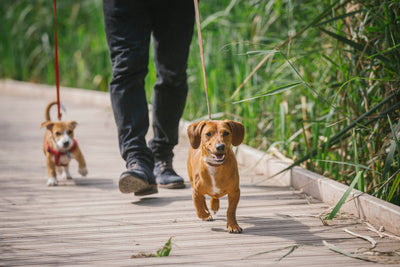Whether you’re looking to maintain a healthy lifestyle alongside a new companion or you’re at the very start of your fitness journey, we’ve come up with some top tips to start running with your dog.
Should You Run With Your Dog?
Whilst there are some dog breeds not built to jog beside you, there are many dogs that would benefit from a morning or evening run just as much as you. Daily exercise with our dogs helps prevent them from developing behavioural issues as well as digestive and health problems. It can also go a long way to improve fitness, weight, confidence and socialisation.
Talk To Your Vet First
Before you get started, it is worth taking advice from your vet about running with your dog, especially if they are older or overweight. And similarly, if your dog is very young, it is important to note that their bones will still be growing and shouldn’t be subjected to excessive exercise or stress. Your vet will be able to offer tailored advice according to your dog’s age, size and breed.
Don’t skip this step, as you won’t want your four-legged friend to experience health complications further down the line.

How To Run With Your Dog
Practice Makes Perfect
In order to enjoy a relaxed run, your dog should be well-trained and socialised. There will be multiple distractions along the way and your dog needs to be able to keep calm and respond immediately to your voice. Training your dog to be able to run with you requires time, patience and structure. Practice in a non-running environment before embarking on your fitness journey together.
Ground Rules

Be aware of the surfaces and routes that you're running along; some areas could potentially cause injury, especially at a quick pace. Beware of ice, areas with debris, or routes where bikes may zoom past. Plan your route - Strava is a free, helpful tool to get started and you can also record your efforts and progress.
Grass, dirt trails and sand are the best surfaces for dogs to run on. The more cushioned the ground, the better. Tarmac can cause impact injuries, especially if run on repetitively, and gets very hot in the sun.
Canine Communication
Your dog can't tell you when it needs a rest, so look for the signs. Pulling back on the lead or panting may mean it’s time to take five. Other common signs include dark red tongue, excessive drooling, sore or sensitive pads, extended periods of fatigue directly after exercise or overheating. Don’t push your dog more than they can cope with. It won’t help when you want to go out running again.
Giving your dog some extended breaks to sniff, rest, drink water and breathe will go a long way to making them happy on your exercise journey. It’s important to put your dog’s needs ahead of your enthusiasm and drive to run!
How Far Should You Run With Your Dog?
Slow & Steady
Just like us, dogs take a while to adapt to a new form of exercise. You and your new running companion should start gradually, slowly building up from a short jog as you face longer distances together. A slow starting pace is great to help build up resilience on your pet's paws, as well as getting them used to running for longer periods on the lead beside you.
To begin, make your runs shorter than your usual walks. Start with half your typical walking journey so you know you can get home in one piece! It’s best to avoid roads and busy areas, and think about how many inclines or hills you may encounter along the way. Other runners and cyclists may be around, so perhaps choose a quieter time of day at the outset.
How To Run Safely With Your Dog
Get A Grip

Canicross Running Waist Belt and Running Line from Inner Wolf
A good lead is the key to a good and safe run. You’ll want to allow your dog some flexibility but not enough to let them run off. A fixed-length, strong lead with shock absorbing properties is a must! You should also use a well-fitting harness rather than a collar to avoid any unnecessary injury to your dog.
With so many running leads on the market, there is a great selection to choose from. We love the Roamer Bungee Dog Running Lead from Ruffwear and the Canicross Running Waist Belt and Running Line from Inner Wolf.
Hydration
You already know the importance of staying hydrated before and after a run, and the same applies to dogs. Bring water with you if you plan on running a good distance and be sure to share with your running partner - don’t let them drink from puddles as they can be high in contaminants or toxins.
Invest in a good portable water bottle and consider bringing a couple of treats with you to reward their efforts along the way. Camel packs are also ideal for running and long walks as they can hold up to 3 litres of water.
Overheating
There is always a risk of your dog overheating whilst out exercising - even when you think it’s relatively cool outside. You can read detailed information about the signs and symptoms of heatstroke in dogs, which dogs are more likely to overheat and what you can do to prevent and treat heatstroke.
Keep an eye on your dog for an hour after your run - this is the most critical time to observe signs of overheating.
Post-run
When you’ve both got your breath back and had a stretch, it's worth giving your dog a wash down and also checking their paws for any foreign bodies that could cause discomfort. Lots of praise, stroking and general positivity will make your furry companion relish the time spent by your side.
If, after reading all this, you think your furry friend might need a little more time and preparation, don’t worry! These things take time. Why not read about how you can maximise enjoyment and interaction with some of our top dog walking tips?














 Over 7,496 5* Reviews
Over 7,496 5* Reviews
 Subscribe for 10% Off Every Order
Subscribe for 10% Off Every Order

